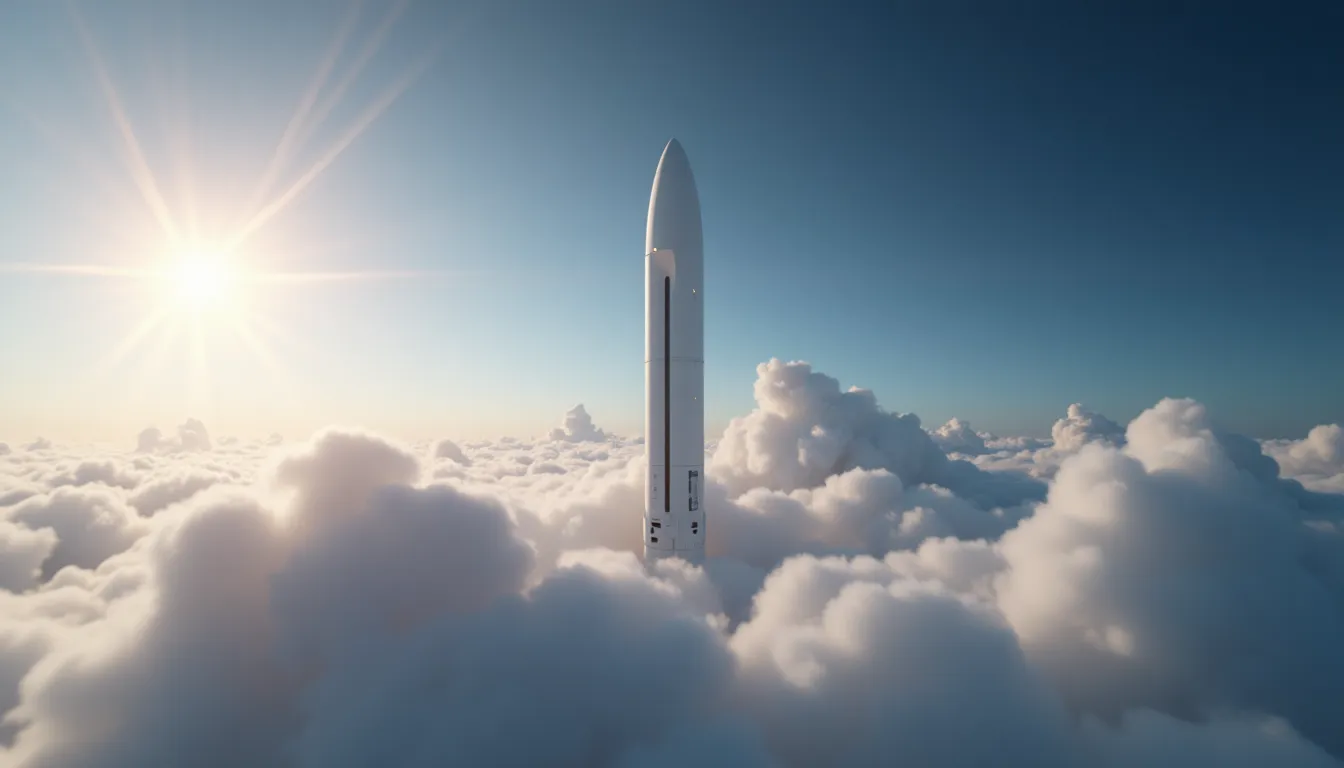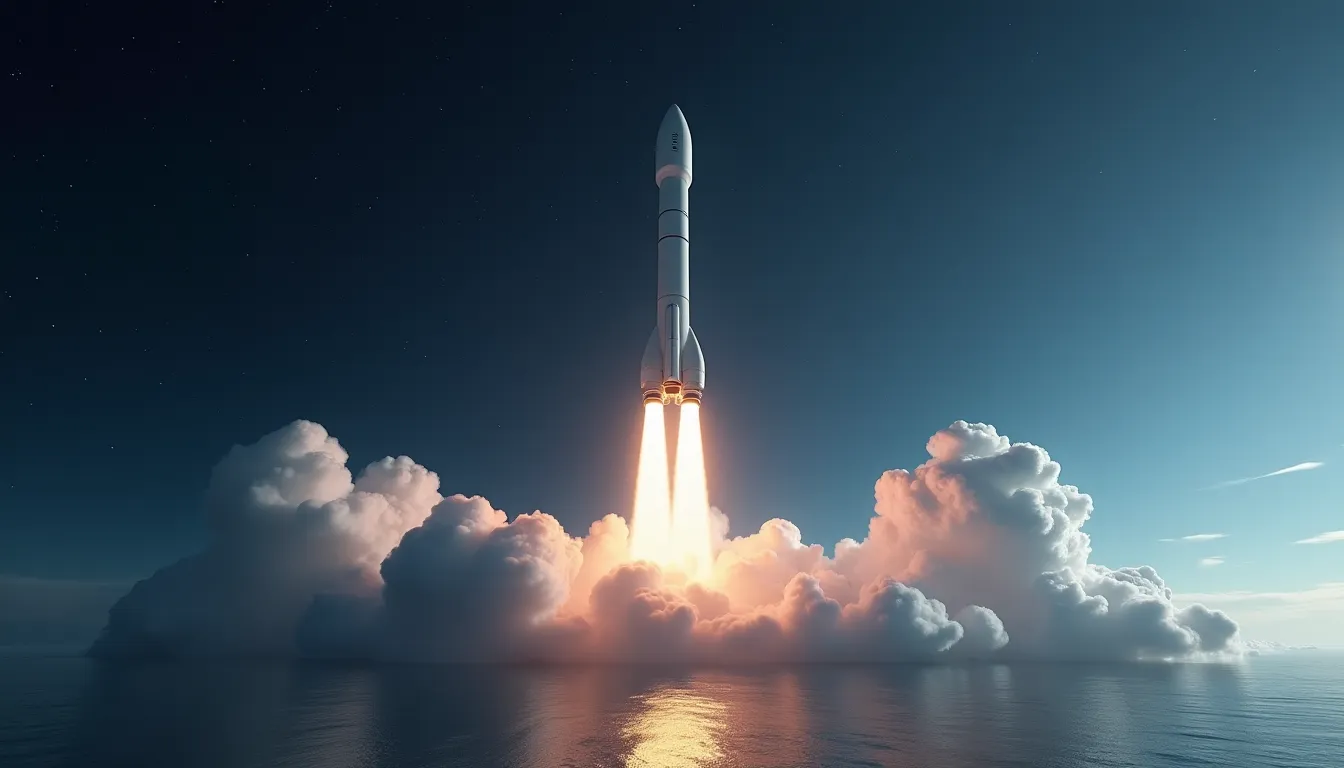SpaceX, the aerospace pioneer founded by Elon Musk, has received clearance from the Federal Aviation Administration (FAA) for its tenth test flight of the Starship rocket. This development is a crucial step in the company’s mission to create a fully reusable spacecraft capable of carrying humans to Mars and beyond. With each test, SpaceX is not only refining its technology but also setting the stage for the future of interplanetary travel.
The Significance of the Tenth Test Flight
The upcoming test flight is expected to include critical evaluations of the Starship’s systems, including its propulsion and landing capabilities. This test aims to address issues observed in prior flights while enhancing safety measures. As SpaceX’s Starship progresses through its testing phases, the anticipation is building among space enthusiasts and industry experts alike.
Technical Innovations in Starship
One of the significant advancements in the Starship’s design is the integration of high-performance inertial navigation systems. These systems are crucial for ensuring precise navigation during the rocket’s ascent and descent, allowing for reliable trajectory adjustments in real-time. The Starship is equipped with a suite of cutting-edge technologies, including advanced thermal management systems and robust propulsion engines that utilize Raptor engines fueled by liquid methane and liquid oxygen.
Elon Musk stated, “We are pushing the boundaries of rocket technology with each flight. Each test brings us closer to our goal of making life multi-planetary.”
Industry Impact and Future Developments
The implications of successful Starship flights extend beyond SpaceX. As the company aims to reduce the cost of access to space, it opens doors for commercial space travel, satellite deployment, and scientific research missions. The successful implementation of reusable rockets could revolutionize the aerospace industry, setting new standards for efficiency and sustainability.
Experts anticipate that the culmination of the Starship program could lead to significant advancements in deep space missions, potentially paving the way for human exploration of Mars. SpaceX plans to use Starship for missions to the Moon under NASA’s Artemis program, demonstrating its versatility and adaptability for various missions.
Expert Perspectives
Dr. Emily Carter, an aerospace engineer at MIT, commented on the significance of the Starship program: “SpaceX is not just innovating; they are redefining what we thought was possible in rocketry. The integration of precision gyroscopic instruments enhances the spacecraft’s control, which is vital for its ambitious goals.”
Conclusion
With the FAA’s approval for its tenth test flight, SpaceX is poised to continue its groundbreaking work in aerospace technology. The Starship program exemplifies the potential for private companies to lead in space exploration, offering a glimpse into a future where interplanetary travel may become a reality. As SpaceX prepares for its next mission, the eyes of the world will be watching closely, eager to see how this cutting-edge spacecraft progresses in its quest to reach the stars.
As we stand on the brink of a new era in space exploration, one thing is certain: SpaceX is determined to push the limits of what is possible.



